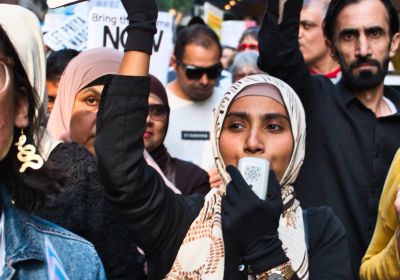
A public forum discussed the High Court’s decision on indefinite detention and the racist backlash. Chris Slee reports.

A public forum discussed the High Court’s decision on indefinite detention and the racist backlash. Chris Slee reports.

Labor’s reaction to the High Court ruling that indefinite detention is unlawful underscores its continuing racist scapegoating of refugees, argues Jonathan Strauss.